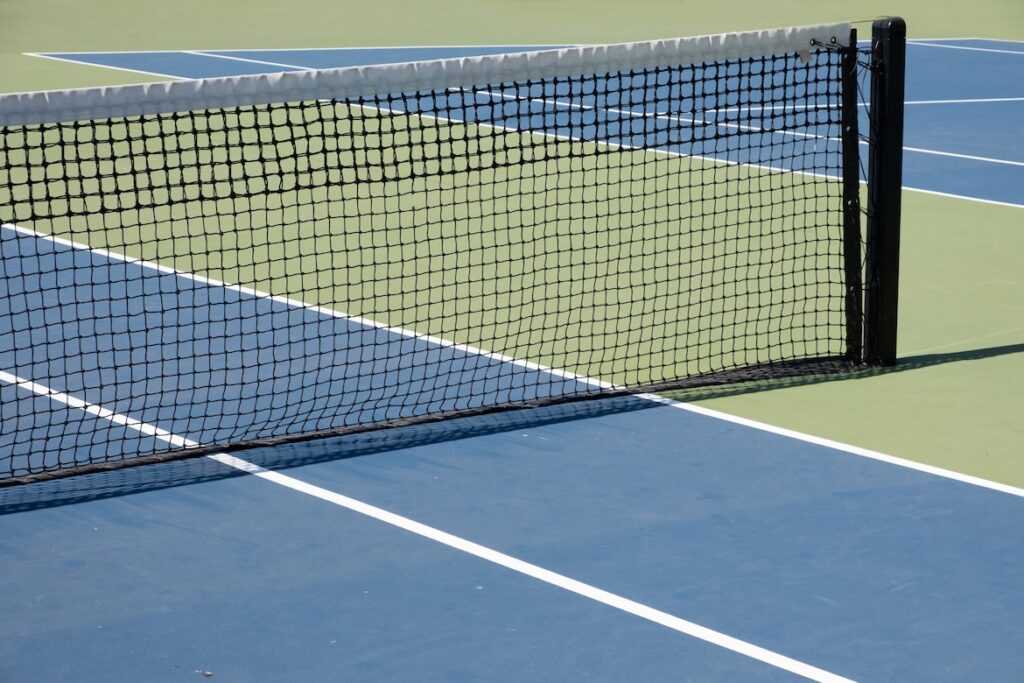Understanding Padel: The Rules and Process of Changing Sides
3 min read
Understanding Padel: The Rules and Process of Changing Sides
Greetings, fellow padel enthusiasts! Today, let’s delve into the intriguing world of padel rules, specifically focusing on the mysterious process of changing sides during a game. Strap in, grab your favorite padel racket, and get ready to have some fun unraveling the secrets of this captivating sport!
What Are the Padel Rules for Changing Sides?
Before we jump into the intricate details of changing sides, let’s make sure we understand the overall objective of this exciting game. Padel, a combination of tennis and squash, is a fast-paced sport played in a closed court surrounded by walls.
While the primary aim is to outscore your opponents by hitting the ball over the net and into their field, there’s a bit more to it. You and your partner need to work together strategically, employing tactics to keep the ball in play and ultimately secure victory.
Now, let’s dive into the intriguing realm of changing sides! In padel, a game usually lasts until one team reaches six games, but there’s a twist. At the end of every odd game (first, third, fifth, and so on), players must switch sides of the court.
This rule might seem arbitrary at first, but it actually plays a crucial role in ensuring a fair and balanced game. Padel courts, much like a chessboard, have different characteristics on each side, such as sun, wind, or wall position, which can influence the outcome.
By changing sides regularly, players neutralize any potential advantages or disadvantages related to court conditions. This rule adds a fascinating dynamic to the game, where both skill and adaptability are essential.
So, How Does the Process of Changing Sides Work?
Now that we know why changing sides is necessary, let’s explore the process itself. When an odd game ends, players must switch sides before beginning the subsequent game. Here’s a step-by-step breakdown for you to follow:
- As the current game finishes, players gather near the net, eagerly anticipating the upcoming switch.
- Once the score has been recorded, the umpire or one of the players will announce the side change by saying “cambio de lado.”
- Players leave their current territory and excitedly move to the opposite side of the court.
- While it may seem chaotic at first, changing sides usually occurs smoothly, with a vibrant energy in the air.
- Once both teams have assumed their new positions, the game can resume!
It’s essential to note that this rule doesn’t apply during tie-break games, which often decide the outcome of a set. During a tie-break, teams remain on the same side throughout, regardless of whether the game is even or odd.
Mastering the Art of Changing Sides
Now that we have unraveled the mystery of changing sides in padel, let’s discuss how to make the most of this transition. Since the game itself is fast-paced, players should approach the side change as a brief moment to regain focus, reset their strategy, and catch their breath.
Use the side change to your advantage. Take a moment to communicate with your partner, assess your opponents’ playing style, and devise a plan to conquer the upcoming game.
Remember to stay positive and keep your energy high during the transition. The side change offers a brief opportunity to regroup mentally and boost team morale, so take advantage of it!
Conclusion
So, my fellow padel enthusiasts, we have explored the intriguing world of padel rules, focusing on the exciting process of changing sides. By understanding the reasons behind this rule and mastering the art of transition, you can elevate your game and enhance your overall padel experience.
Remember, padel is a sport that combines skill, strategy, and adaptability. Embrace the side change as an opportunity to recalibrate your game plan, communicate with your partner, and ultimately conquer the court!
Until next time, stay passionate and keep swinging those padel rackets!






